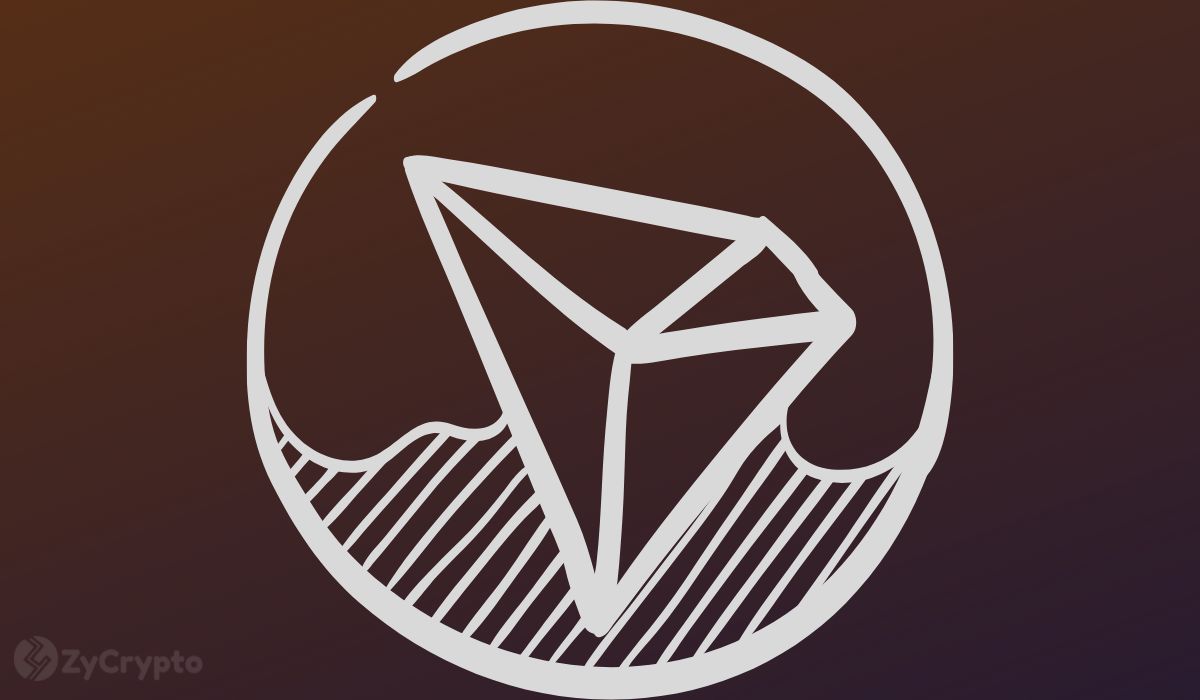2023-10-5 22:00 |
In an in-depth analysis shared on X (formerly Twitter), Bitcoin expert Dylan LeClair has pulled back the curtain on a purported “web of deception” attributed to Justin Sun, Tron’s founder. LeClair’s detailed examination touches on several nuanced movements within the crypto-sphere, and the findings present potentially alarming implications for the broader ecosystem.
Bitcoin Pundit Raises Grave AccusationsLeClair meticulously unveils what he believes to be a series of opaque transactions, particularly involving USDT and its alleged replacement, stUSDT, on the crypto exchange Huobi, rebranded as HTX after its acquisition by Sun in late 2022.
Starting his investigation, the Bitcoin expert remarked, “In late 2022, Justin Sun reportedly acquired a controlling stake in Huobi, now named HTX, which had over $1.5b USDT deposits at the time. Over the summer, deposited USDT funds started getting replaced by stUSDT. This substitution has been largely unnoticed by Huobi users.” The emphasis on the covert replacement underlines the primary concern, hinting at an attempt to surreptitiously replace a well-accepted stablecoin with a lesser-known counterpart.
Diving deeper into the murky waters of stUSDT, LeClair questioned its legitimacy. “What is stUSDT? stUSDT, controlled by Justin Sun, claims to provide a yield by investing in ‘Real World Assets’ such as Treasury bills.” Yet, using on-chain analysis and data tracking, he contends, “the actual flow of funds from Huobi’s USDT to stUSDT and then to JustLendDAO indicates that no such investment into RWAs occurs.” This statement underscores the core of LeClair’s allegation: a potential diversion of funds under the guise of investment.
Corroborating his findings, the Bitcoin expert cites Patrick Tan from ChainArgos: “We’ve seen this one before — a closely associated ecosystem managed and run by one of crypto’s biggest personalities and a ‘staking’ system that doesn’t send the stablecoins where they’re advertised.”
Remarkably, stUSDT and USDT are considered the same asset natively on Huobi, as evidenced by their lack of stUSDT trading pairs. The timeline of Huobi’s reserves, as detailed by LeClair, further strengthens his argument.
“As seen in Bloomberg, you can see a shift in Huobi’s reserves from July 1 to September 15. On July 1, USDT made up 18.8% of reserves, but by September 15, this had dwindled to just 4.7%, while Sun’s stUSDT grew to represent 14.5% of reserves.”
Drawing upon these shifts, he elaborates on the potential modus operandi: “Huobi’s USDT gets ‘staked’ for stUSDT, which then moves to JustLend, a platform Sun controls. The USDT never invests in RWAs, but just sits in JustLend, while Huobi users end up with stUSDT instead of the USDT they thought they owned.”
The Role Of TUSDTUSD’s involvement not only complicates the alleged strategy by Sun but further broadens the scope of LeClair’s investigation. In the past half-year, a large percentage of TUSD burnings can be traced back to two specific wallets, both linked to Sun.
“So isn’t it convenient that you can now ‘stake’ TUSD, to mint stUSDT,” LeClair remarks, adding that in theory TUSD/USDT is burned, so that the supply decreases and the supposed cash backing it invests in t-bills that earn a yield that’s passed onto the holders of stUSDT.
However, on-chain data presented by the experts contradicts this. The Bitcoin pundit found a complex transaction pattern. One example: “500m of TUSD is minted > sent to Huobi > then sent to Sun’s wallets > parked in JustLend, mints stUSDT > stUSDT to Huobi > TUSD gets burned, stUSDT on Huobi remains.”
Underscoring the potential motivations behind such a web, LeClair alleges that Sun is using the USDT brand and its reputation to swap it for fake stUSDT while it appears as regular USDT in the UI/UX on Huobi. “And then what? What’s the end goal? Why create an IOU of another stable and trick your users behind the user interface?” the analyst questions.
Analyzing trading data, LeClair presents evidence of a broader trend. Sun is allegedly draining USD liquidity from the Bitcoin and crypto ecosystem through Circle’s USDC. “Data from Kaiko shows this clearly through the USDC-USDT Cumulative Volume Delta (CVD) on Huobi, with $325 million USDT has been sold off for USDC in just over 2 months.”
Binance Involved?Additionally, the Bitcoin pundit also brings Binance into the spotlight, highlighting its dealings with TUSD. He states, “The real interesting chart is a look at the TUSD outstanding supply, and the timing of its largest mints. Convenient timing for billion-dollar increases in the stablecoin, sent directly to Binance at a time where zero fee trading is enabled.”
Further adding suspicion to Binance’s actions, he continues, “Never-mind that TUSD attestations are blatantly unreliable/shady, and its largest mints are coincidentally timed perfectly w/ market selloffs.”
Wrapping up his deep dive, LeClair delivers a stark warning and an assertive conclusion. He implores, “Huobi users, get out of USDT, into another asset, and withdraw immediately,” before adding, “It’s no wonder the Chief Strategy Officer for Circle is saying that the crypto ecosystem is blatantly counterfeiting USD.”
Leaving no room for ambiguity, LeClair’s final take is: “Sun is creating a web of deception in order to siphon USD liquidity out of crypto using a multitude of fake stablecoins. He is a fraud.”
At press time, Bitcoin traded at $27,711.
origin »Bitcoin (BTC) íà Currencies.ru
|
|


